Overall Champions, Technische Universität Darmstadt
“This team from Germany came to the Solar Decathlon hoping to have an impact on people, and it's safe to say that this happened. Darmstadt won the Architecture, Lighting, and Engineering contests. The Architecture Jury said the house pushed the envelope on all levels and is the type of house they came to the Decathlon hoping to see. The Lighting Jury loved the way this house glows at night. The Engineering Jury gave this team an innovation score that was as high as you could go, and said nobody did the integration of the photovoltaic system any better. Darmstadt was one of seven teams to score a perfect 100 points in the Energy Balance contest. All week, long lines of people waited to get into this house.”
U.S. Department of Energy, 2007
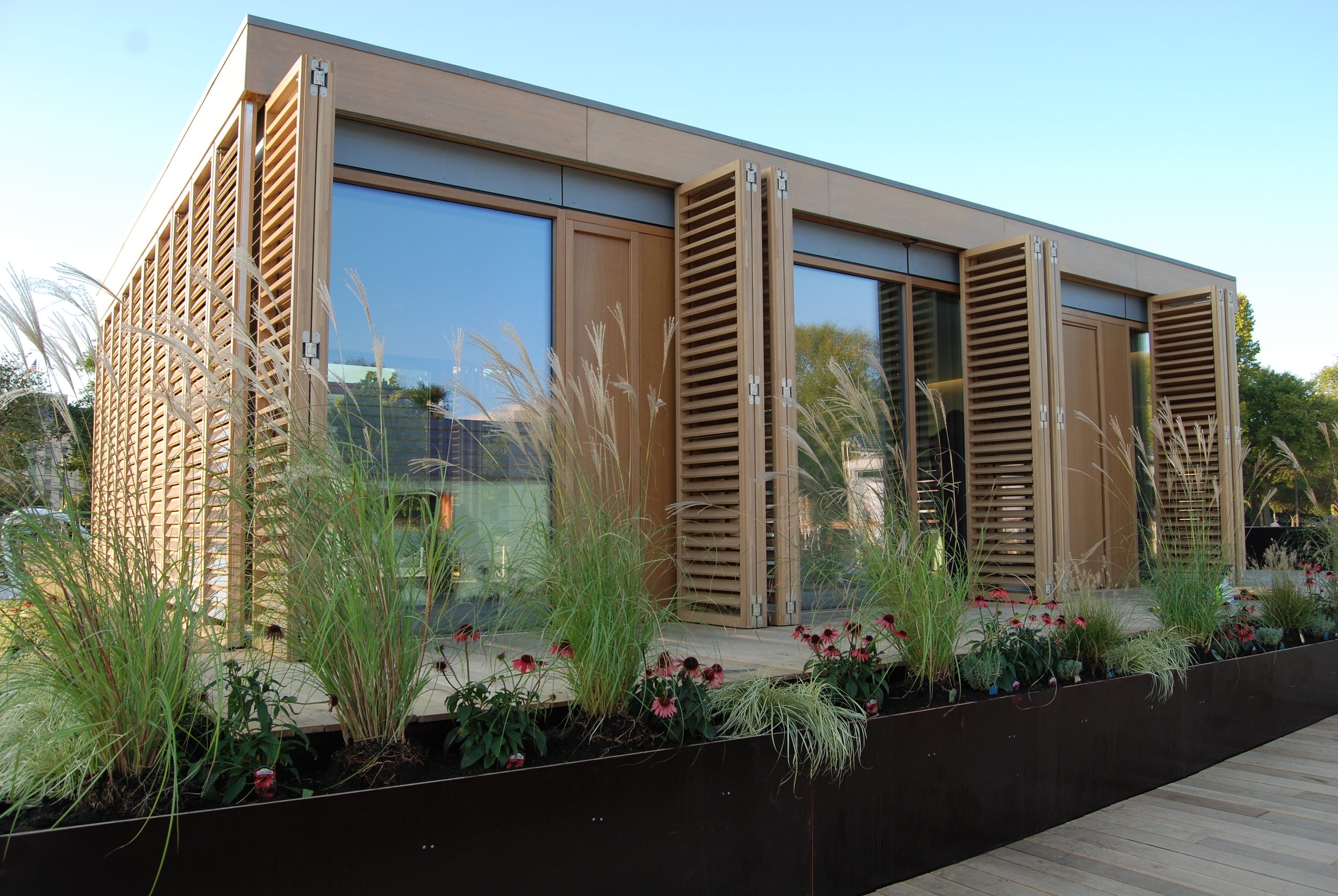
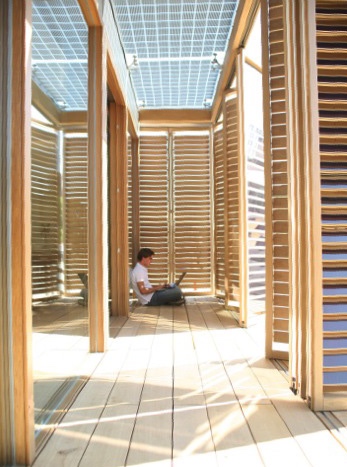
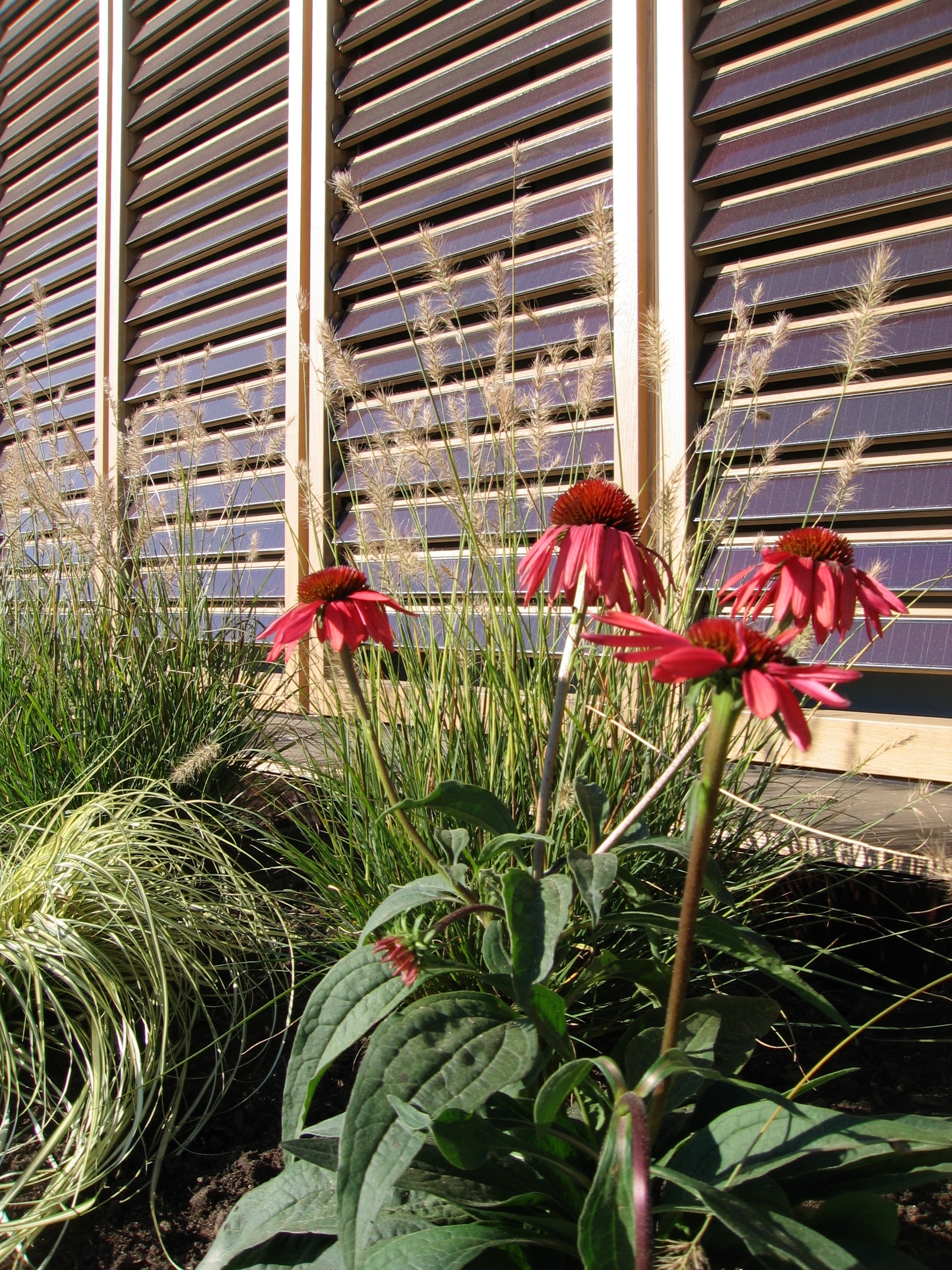
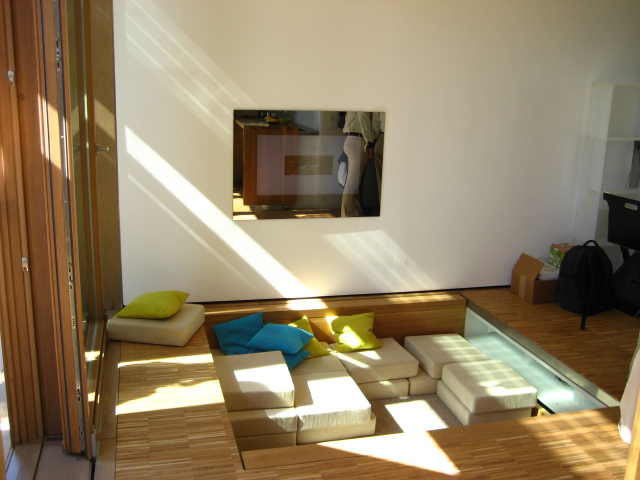
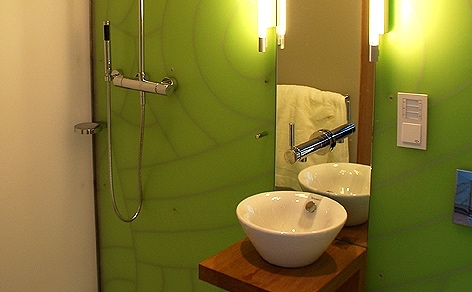
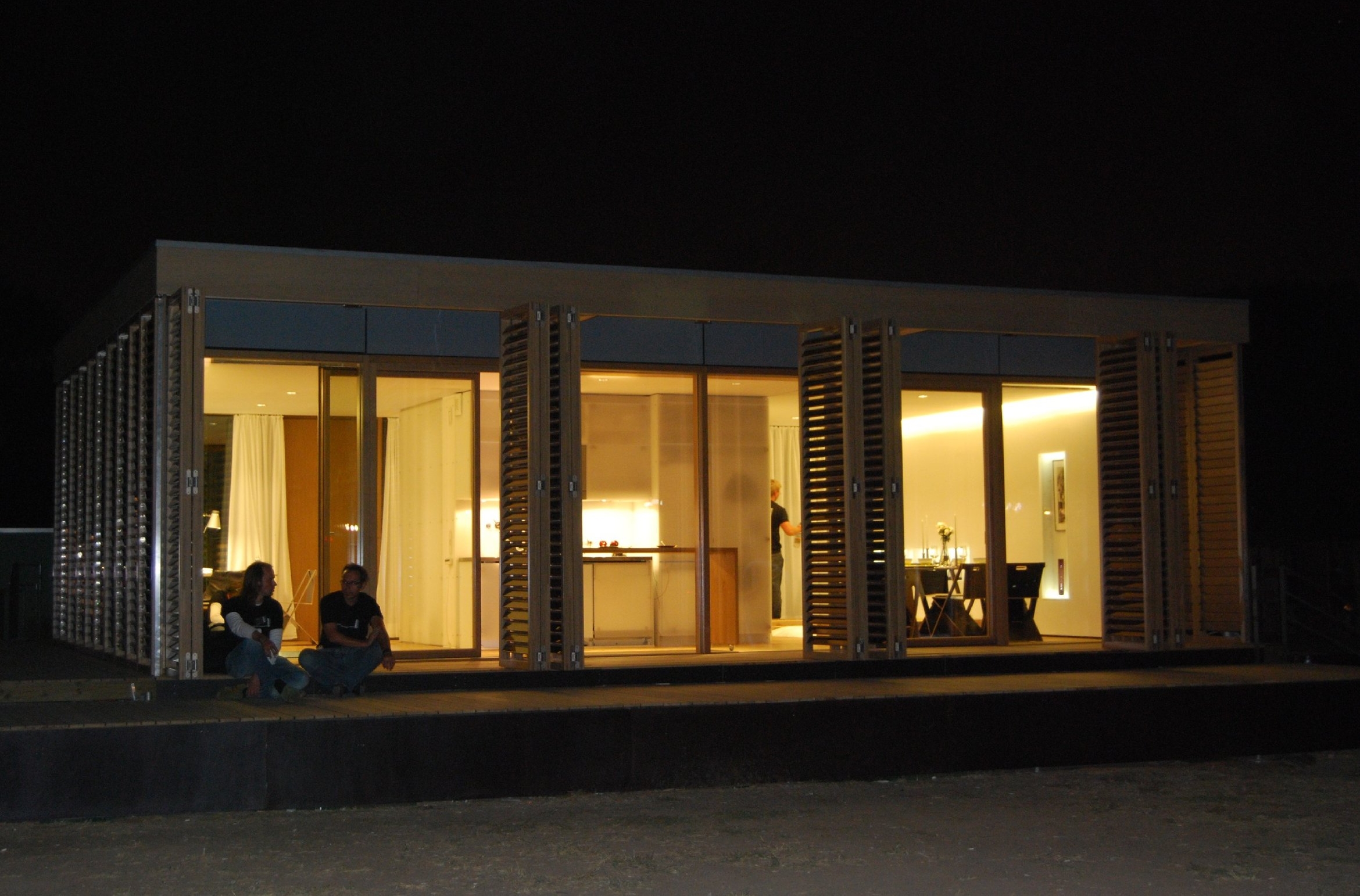
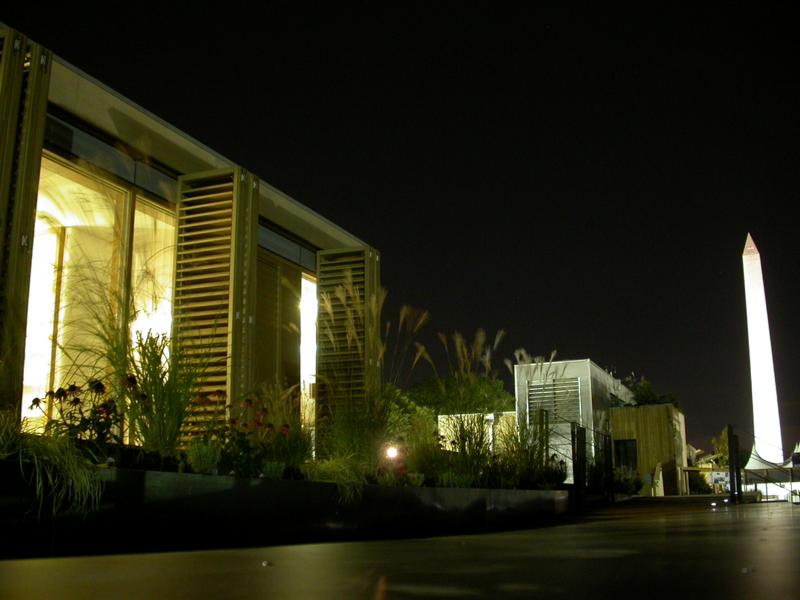
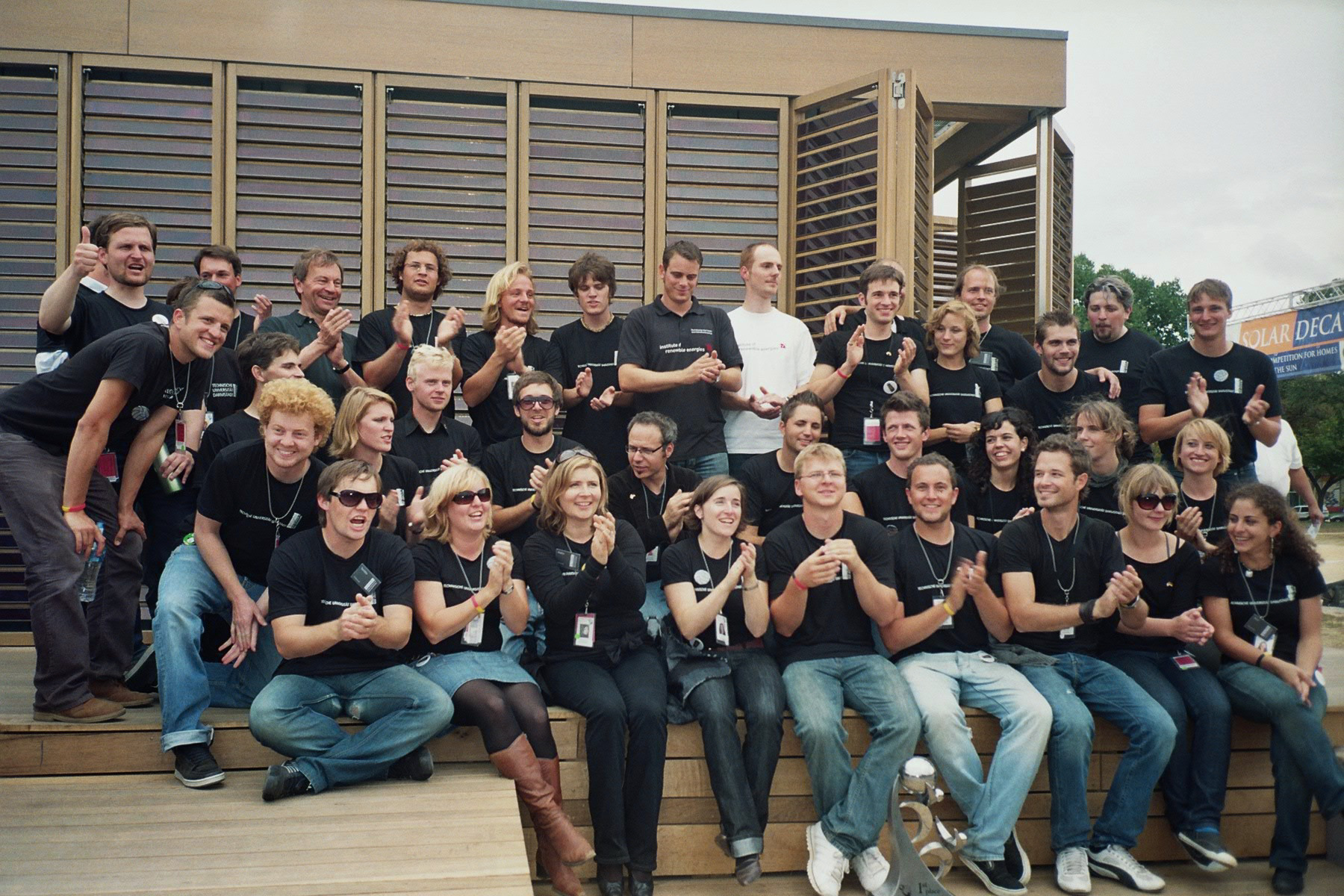
The Solar Decathlon
The Solar Decathlon is a biennial collegiate competition presented by the U.S. Department of Energy in which student teams design, build, and operate innovative solar-powered homes to a high standard of efficiency and comfort. Projects are awarded points in ten categories, hoping to achieve a perfect score of 100. While jury deliberations are underway, the public is invited to visit the site and learn about the projects in both a technical and experiential way. Although the inaugural event in 2002 included only student teams from the United States, the competition has grown into an international phenomenon. Students from around the world now compete in the United States, and Solar Decathlons have been planned and hosted in Europe, China, Latin America and the Caribbean, the Middle East, and Africa. Germany first joined the competition in 2007 in an effort initiated and led by Barbara Gehrung, representing Technische Universität Darmstadt. Competing against teams from the United States and Puerto Rico, Canada, and Spain, Team Germany was named Overall Champion for their certified Passive House design.
The Project
The winning design itself is visually graceful yet unassuming, with a rectilinear form and a focus on traditional, local, renewable materials. German oak, for example, forms the louvered shutters that cover the exterior of the building. Equipped with discreet photovoltaic panels, these shutters are automatically tilted throughout the day to maximize shading and power generation—just one example of the cutting edge technological features integrated seamlessly within the structure. German products and technologies were used whenever possible, and the team formed numerous collaborative relationships with sponsoring companies and manufacturers throughout the course of the project. After the competition, the house was relocated to the Solar Lichtwiese or “light field” at Technische Universität Darmstadt to collect solar energy to feed back into Germany’s power grid, while serving dual purpose as an architecture office. Meanwhile, a reconstruction was created in Essen, Germany, at the Deubau Construction Trade Fair where it remained until 2008. Next it travelled to a campus of the Bosch Corporation, one of the team’s primary sponsors. Finally, in 2012, the copy was moved to Dortmund, Germany, where it serves as an information center and energy and water supply research facility on Phoenix Lake.
Additional Information
To read Technische Universität Darmstadt’s project description, click here
To learn more about the Solar Decathlon, visit the US Department of Energy’s project homepage here
Details about the 2007 competition, including this project, may be found here